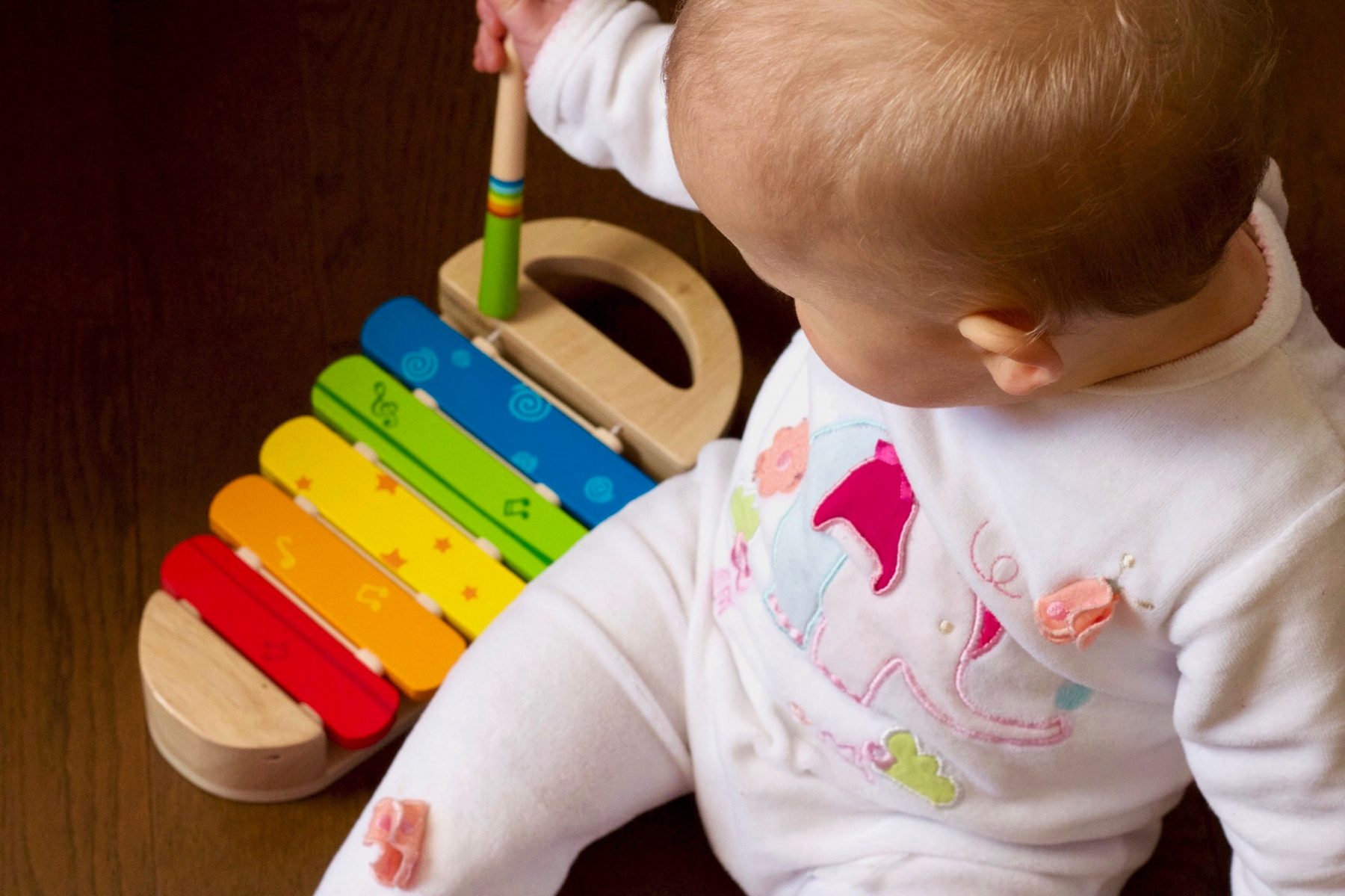The Australia Institute says free childcare key to economic recovery

The Australia Institute, with its reputation for being one of the country’s most influential and progressive ‘think tanks’ has spoken out in favour of retaining the ‘free childcare’ measures brought in to sustain the early childhood education and care (ECEC) sector, saying that not only is free childcare a form of fiscal stimulus, but in the long run, it will significantly grow Gross Domestic Product (GDP) and make Australia a far more equitable country.
The Government’s decision to end free childcare come July is at odds with its own economic goals, new research by The Australia Institute’s Nordic Policy Centre has revealed, highlighting that policies that make it easier for women to choose to go back to work will see the country recover faster from the COVID-19 economic crisis while also reaping billions in benefits for all Australians over the long-run.
Australia Institute chief economist, Richard Denniss, and senior economist Matt Grudnoff authored the report, which shows that by increasing the labour force participation of women to levels seen in many Nordic countries, through policies such as the provision of free childcare, the Australian economy would be up to $140 billion larger.
Key Findings:
- Nordic countries have much more generous childcare policies and much higher rates of female participation in full-time work.
- Compared to Nordic countries, Australia’s female participation rates fall significantly at the ages when the largest number of people are raising young families—a simple way to increase participation rates is by helping secondary income earners, often women, re-enter the workforce after the birth of a child.
- If Australia had the same labour force participation rates as Nordic countries do, then the economy would be $60 billion, or 3.2 per cent of GDP, larger.
- If Australia had the same participation rates as Iceland, the Nordic country with the highest female participation rates, then Australia’s GDP would be $140 billion, or 7.5 per cent, higher.
“The Prime Minister himself has repeatedly highlighted the significant economic gains that have flowed from the temporary provision of free childcare,” Mr Denniss said.
“Not only is free childcare a form of fiscal stimulus, boosting consumer demand by increasing the disposable income of families with young children, but in the long run, it will significantly grow GDP and make Australia a far more equitable country.”
“The empirical evidence makes clear that spending on services like childcare creates more jobs per $1 million spent than expenditure in areas like construction. The government’s focus on stimulus spending in male-dominated industries risks stymying economic recovery” he added.
To read the report, Female participation with free childcare, please see here.
Popular

Quality
Practice
Provider
Research
Workforce
Honouring the quiet magic of early childhood
2025-07-11 09:15:00
by Fiona Alston

Policy
Practice
Provider
Quality
Workforce
Minister Jess Walsh signals urgent action on safety and oversight in early learning
2025-07-11 08:45:01
by Fiona Alston

Workforce
Policy
Quality
Practice
Provider
Research
The silent oath: Why child protection is personal for every educator
2025-07-17 09:00:31
by Fiona Alston











